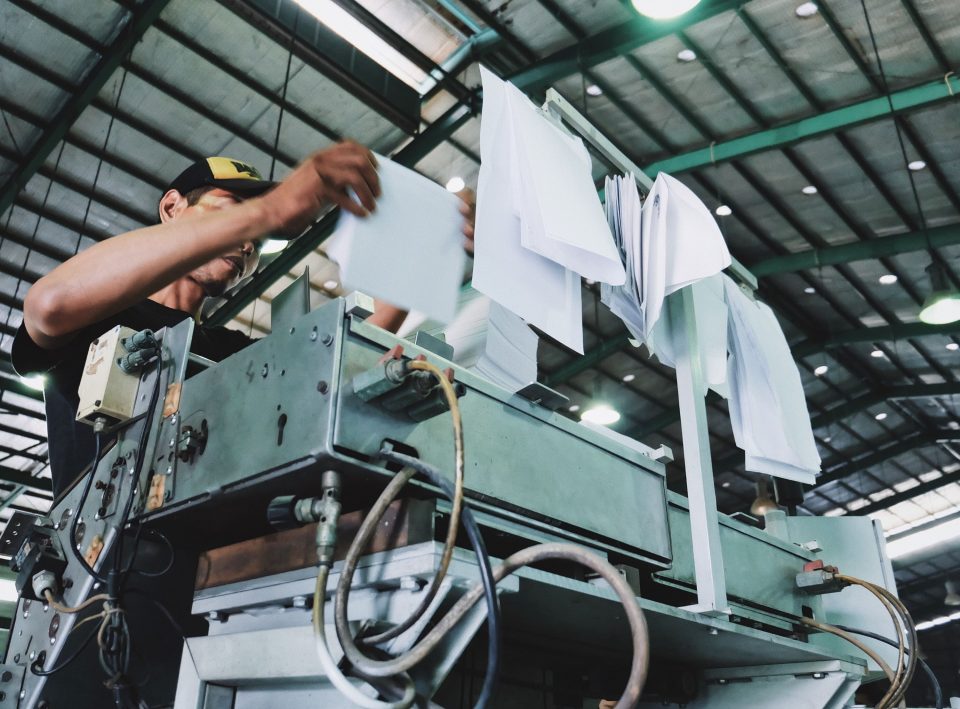The carbon footprint of paper from sustainable forests

How to use paper effectively in hybrid learning
January 21, 2021
What’s so good about paper? [Infographic]
February 5, 2021
When we think about sustainable products and about making sustainable choices about the way we live, there are few products that are as beneficial and sustainable as paper.
In 2021, the environment is set to be a huge focus for the global community.
With a new resident in the White House – one who recognises the importance of global climate chaos and is not a climate change denier – and a major global conference on the agenda, we begin this year hoping that the important progress that needs to be made can be achieved in 2021.
In the meantime, there are important choices that we all must make as individuals to live more sustainably and in greater harmony with our planet.
Part of this is counting the carbon footprints of the things we do, the things we buy and the things we use.
What is a carbon footprint?
Your “carbon footprint” is a measure of the environmental impact of something in terms of the amount of carbon dioxide or CO2 that is produced through the burning of fossil fuels in order to produce it. It is expressed as a weight of CO2 emissions.
The WHO has called for a target limit of approximately two tonnes per person per year. Currently, the global average is four tonnes per person, but there is wide variation between countries. For example, the approximate national average for the United States of America is 20 tonnes per person, dropping to 9 tonnes per person in the United Kingdom and 1.2 tonnes per person in India.
If we can make positive choices that help to reduce the amount of carbon we use, we can achieve the target set by the WHO. This requires us to make informed choices about what we buy, do and use. This has led some experts to call for a “traffic light” style labelling on products and activities, so consumers can make more-informed choices.
Paper as a model for sustainability
If we want to see a model of a sustainable industry, we should look no further than the paper industry.
The paper industry has always had a good relationship with nature. It is, after all, a completely natural product. However, over recent decades, the industry has taken even greater responsibility to improve its sustainability still further. This includes pushing for greater recycling, using recycled paper pulp in new products, becoming more energy efficient and using greener sources of energy in the manufacturing process.
Choosing paper products instead of less sustainable alternatives is a good way for consumers to reduce their own carbon footprints. Paper has a very low carbon footprint because:
- The industry is committed to the sustainable management of planted forests
- Renewable woodlands capture and sequester a huge volume of carbon
- Removing carbon from our atmosphere through the planting of more trees is our best hope to undo some of the damage that has already been done to our planet
- As trees grow, they store 30% of the carbon they capture in their biomass, but 70% is stored in the soil – making responsible forest management the best way to sequester carbon
- Recycling rates for paper are already very high, and the recycled pulp has a demand pipeline. In this way, carbon can be continued to be stored in these fibres.
- The industry is working hard to reduce the energy it consumes. For example, the European paper industry has cut CO2 emissions per tonne produced by 43% since 1990.
These advantages have led many businesses and consumers to switch to paper products in preference to less sustainable materials, such as plastics.
By choosing to buy paper products and products with paper packaging, you can help to create a more sustainable world. When we consider the overshoot of carbon used versus the target of no more than two tonnes per person, we can see that every choice we make matters.




